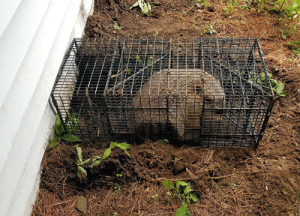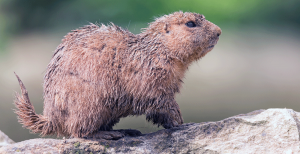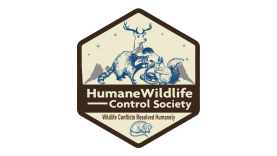What should I do if I find an orphaned or abandoned groundhog?
CARING FOR AN ORPHANED GROUNDHOG Animals, like human babies, are born completely helpless and dependent on others for warmth, nutrition, and safety. This care spans from birth to periods when they can provide these for themselves.
Animals, like human babies, are born completely helpless and dependent on others for warmth, nutrition, and safety. This care spans from birth to periods when they can provide these for themselves.
Nurturing
Normally, mothers nurture their young in both the animal and human worlds. For mammals, nutrition is provided through milk, which contains not just nutrients but also antibodies that help protect the offspring from infection and disease by boosting its immune system. This is clearly the ideal life process.
The death of the mother is, however, an unforeseen circumstance that may occur and break the ideal cycle. In humans, there are a lot of options that can be considered, including adoption, fostering, or nurturing with milk formulations. These have also been adopted and used
successfully with domestic animals, but it is a rare practice in wild animal care. This is probably because the priority is placed more on domestic and pet animals and less on animals in the wild.
Adopting an Orphaned Groundhog
Groundhogs are uniquely private animals that avoid humans as much as they can. They give birth to their young a month after mating and stay in their burrows to take care of their babies, only leaving to search for food. It is, therefore, quite difficult to see a baby groundhog, much less figure out if it is an orphan.
It is also very important to know that although groundhogs look cuddly and cute, especially as babies, they do not do well around humans and should not be kept as pets. This is against the law in some states.

Groundhogs are very proficient mothers and have been known to face the danger of death once they have babies. In this time, none of your eviction methods will work in chasing them out of your property until their babies are mature enough to leave. However, floods, heavy
rains, and other conditions can lead to the death of the mother leaving the babies as orphans. When this happens, you can adopt the babies and care for them until they are old enough to fend for themselves, and then release them back into the wild.
Tips on Caring for a Baby Groundhog
Groundhogs are weaned off milk four to six months after birth and introduced to solid food. Hence, adopting them is just for that time frame, after which they can venture out and care for themselves. Care practices should involve:
- Provision of warmth: Care must be taken not to touch baby groundhogs with bare hands but wrap them up in thick clothes or towels to keep them warm.
- Maintain electrolytes: Using a syringe, you can feed them puppy electrolyte preparation every two hours to maintain normal body functioning. This also serves as a rehydration therapy for baby groundhogs.
- Feeding: You can use any puppy milk substitute to feed. Once the baby groundhog is rehydrated, feed it small quantities of food per feeding. Take care not to overfeed as it may cause constipation.
- Induce excretion: Baby groundhogs need to be assisted to urinate and poop until they are about six months old. You can do this by using a cotton ball or warm cloth to stimulate the genitalia and rectum until it has passed urine and feces.
- Introduce solid food: This can be commenced slowly from four weeks, and, gradually, the baby groundhog is completely taken off milk.
After this, you can introduce the groundhog into the wild to fend successfully for itself.
Being a caregiver and an adoptive parent to a wild animal, especially for such a short period of time, may seem like a thankless job, but the countless joys of noticing every small change as it grows are enough pay for your efforts.
